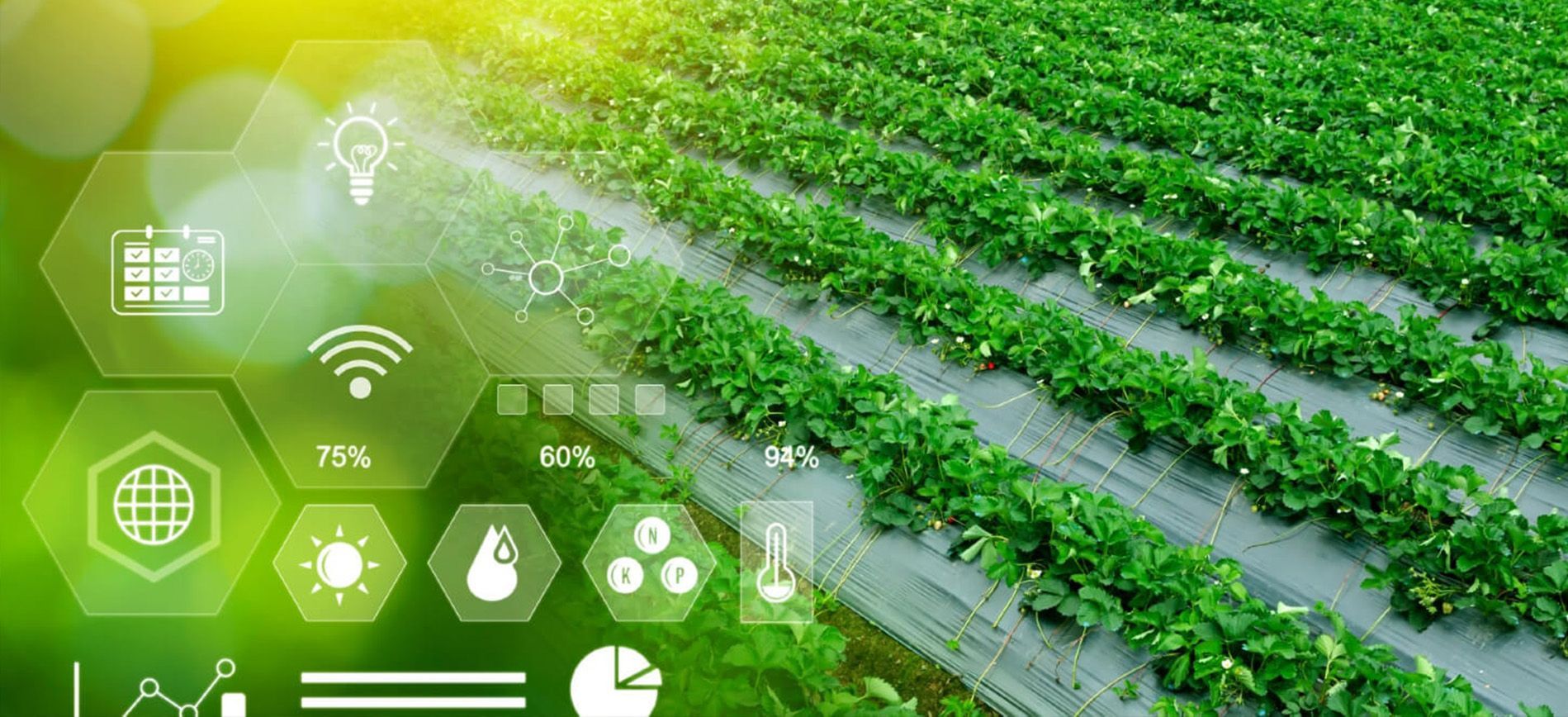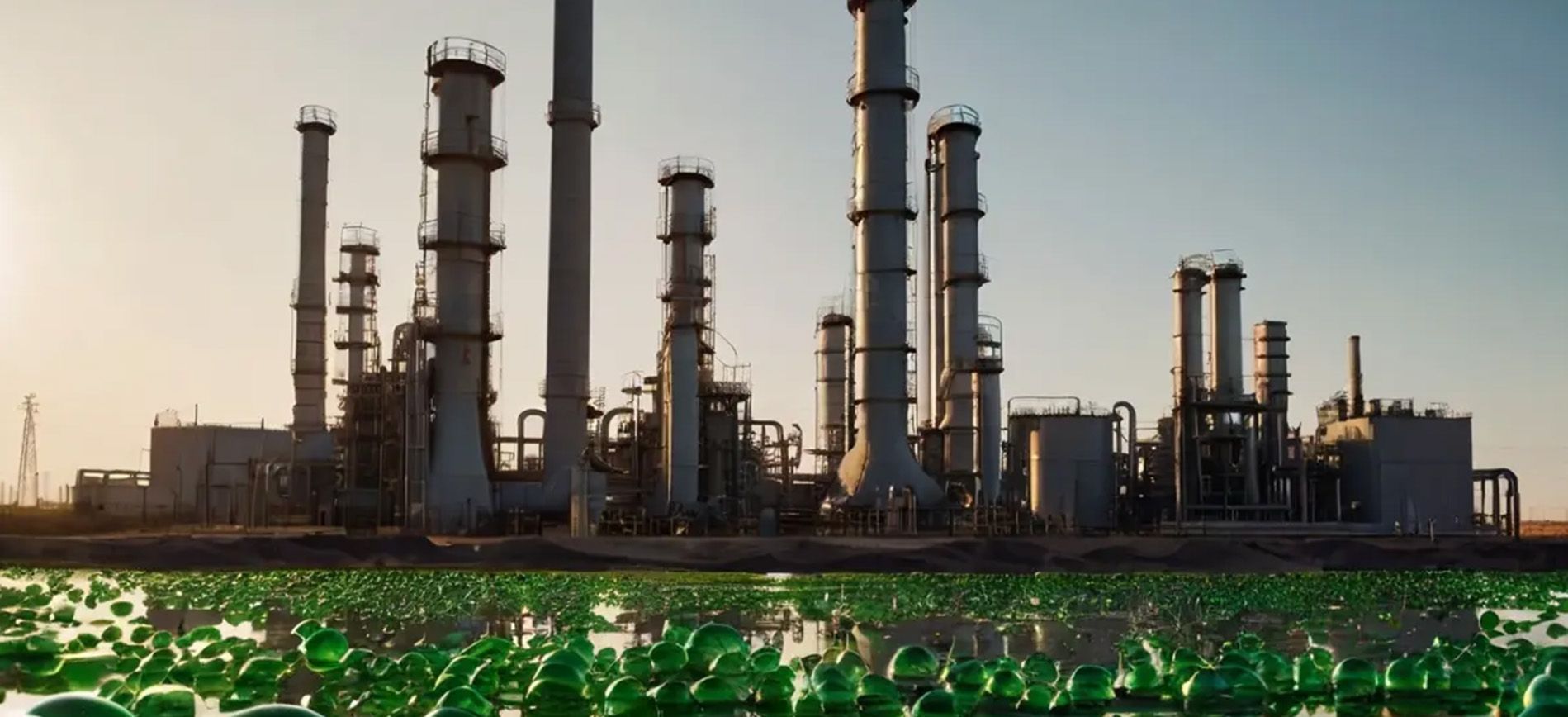Circular Economy in the Fertilizer Industry: Reducing Waste and Enhancing Sustainability
Circular Economy in the Fertilizer Industry: Reducing Waste and Enhancing Sustainability

The concept of a circular economy is gaining momentum across industries as a sustainable alternative to the traditional linear model of “take, make, waste.” In the fertilizer industry, integrating circular economy principles offers a way to minimize waste, reduce environmental impacts, and optimize resource use. This blog explores the circular economy’s role in the fertilizer sector, innovative practices, and the benefits of transitioning to sustainable production and consumption models.
Understanding the Circular Economy in Fertilizers
A circular economy in the fertilizer industry focuses on reducing waste and recycling materials throughout the production, distribution, and application stages. This approach emphasizes:
- Resource Efficiency: Using raw materials more efficiently to lower resource depletion.
- Waste Reduction: Recycling agricultural and industrial byproducts to create new fertilizers.
- Sustainable Practices: Minimizing environmental impacts by reusing nutrients and adopting eco-friendly production processes.
Innovative Circular Practices in Fertilizer Production
Several innovative practices exemplify the integration of circular economy principles in the fertilizer industry:
- Nutrient Recovery from Wastewater: Extracting nitrogen, phosphorus, and potassium (NPK) from wastewater and sewage sludge for fertilizer production.
- Recycling Agricultural Residues: Utilizing crop residues and animal manure to create organic and bio-based fertilizers.
- Industrial Byproduct Utilization: Using byproducts from other industries, such as gypsum from power plants, as raw materials for fertilizer production.
- Bio-Fertilizer Production: Developing bio-fertilizers from microbial sources to promote sustainable agriculture.
Benefits of a Circular Economy in Fertilizers
Adopting a circular economy model in the fertilizer industry offers significant environmental, economic, and social advantages:
- Reduced Resource Depletion: Recycling nutrients reduces the need for mining non-renewable resources like phosphate rock.
- Lower Greenhouse Gas Emissions: Sustainable practices, such as bio-fertilizer production, help reduce emissions from traditional manufacturing processes.
- Cost Savings: Recycling materials and adopting efficient production methods lower operational costs over time.
- Improved Soil Health: Bio-fertilizers and organic fertilizers enhance soil structure and fertility, leading to long-term agricultural productivity.
Challenges in Implementing a Circular Economy
Despite its benefits, transitioning to a circular economy in the fertilizer sector comes with challenges:
- Technological Barriers: Advanced technologies are required for nutrient recovery and waste recycling.
- High Initial Costs: Investments in infrastructure and R&D can be substantial.
- Regulatory Hurdles: Policies and regulations often lag behind technological advancements, slowing adoption.
- Farmer Awareness: Educating farmers about the benefits of circular practices and encouraging adoption is critical.
Future Outlook and Strategies
To fully integrate a circular economy in the fertilizer industry, stakeholders must adopt innovative strategies:
- Policy Support: Governments can introduce incentives, subsidies, and regulations to promote nutrient recycling and sustainable production.
- Public-Private Partnerships: Collaboration between public and private sectors can drive innovation and scale up circular economy solutions.
- Farmer Education Programs: Training farmers on sustainable fertilizer use and recycling practices will accelerate adoption.
- Investment in R&D: Continued research into advanced nutrient recovery technologies and bio-fertilizers is essential for long-term success.
Conclusion
The circular economy offers a transformative pathway for the fertilizer industry to achieve sustainability, reduce waste, and enhance agricultural productivity. By adopting innovative recycling practices, leveraging policy support, and educating stakeholders, the industry can transition to a model that benefits both the environment and the economy. Embracing a circular economy isn’t just an option—it’s a necessity for the future of agriculture.




